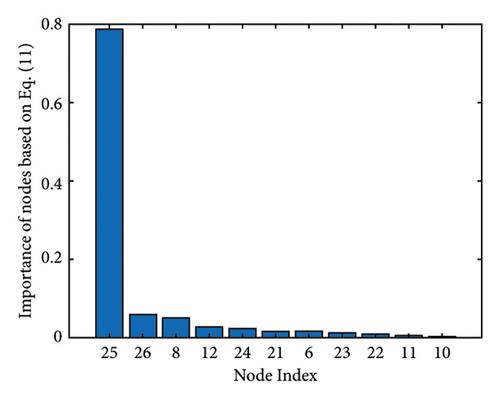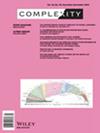Controllability of Functional and Structural Brain Networks
Abstract
Normal and aberrant cognitive functions are the result of the dynamic interplay between large-scale neural circuits. Describing the nature of these interactions has been a challenging task yet important for neurodegenerative disease evolution. Fusing modern dynamic graph network theory techniques and control theory applied on complex brain networks creates a new framework for neurodegenerative disease research by determining disease evolution at the subject level, facilitating a predictive treatment response and revealing key mechanisms responsible for disease alterations. It has been shown that two types of controllability—the average and the modal controllability—are relevant for the mechanistic explanation of how the brain navigates between cognitive states. The average controllability favors highly connected areas which move the brain to easily reachable states, while the modal controllability favors weakly connected areas representative for difficult-to-reach states. We propose two different techniques to achieve these two types of controllability: a centrality measure based on a sensitivity analysis of the Laplacian matrix is employed to determine the average controllability, while graph distances form the basis of the modal controllability. The concepts of “choosing the best driver set” and “graph distances” are applied to measure the average controllability and the modal controllability, respectively. Based on these new techniques, we obtain important disease descriptors that visualize alterations in the disease trajectory by revealing densely connected hubs or sparser areas. Our results suggest that these two techniques can accurately describe the different node roles in controlling trajectories of brain networks.


 求助内容:
求助内容: 应助结果提醒方式:
应助结果提醒方式:


